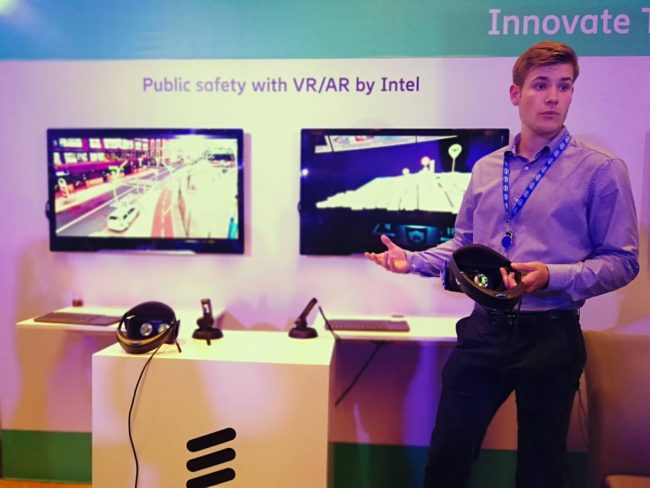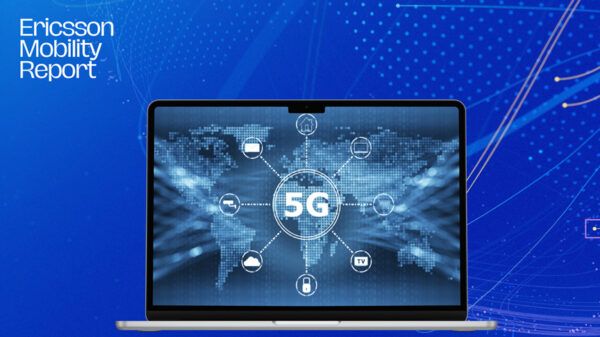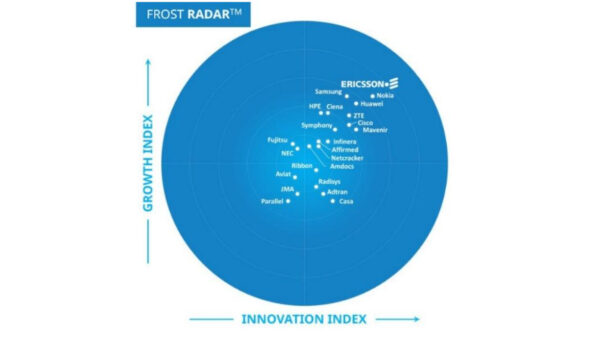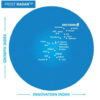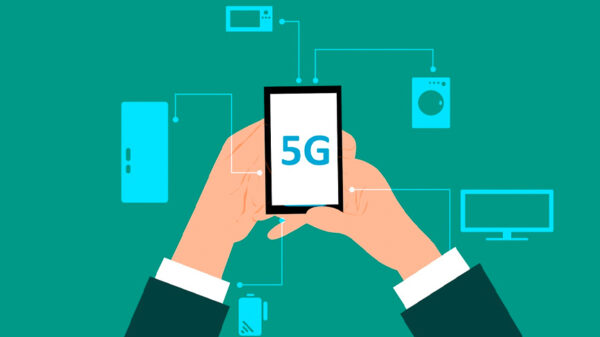5G, the next generation of mobile and wireless broadband technology capable of delivering ultra-fast speeds, will allow all industries to introduce innovative services such as those enabled by virtual reality, augmented reality, robotics, and the Internet of Things.
Sweden-based Ericsson estimates that by 2023, there will be over one-billion subscriptions on 5G worldwide while a fifth or 20% of all mobile data traffic will be carried by 5G networks.
“Data will grow eight to 10 times in the next four to five years. With 5G, the delivery will be faster than we expect. This is because of the tremendous need for the technology to support the traffic and business needs of our customers,” said Nunzio Mirtillo, Ericsson’s senior vice president and head of Market Area South East Asia, Oceania and India.
Mirtillo added that “sooner or later, we will need new spectrum with much bigger bandwidth and 5G to cope with the demand that you have in networks and to make sure that you can sell the Gigabit at a much lower cost than what the formulation is asking for.”
5G use cases
Mirtillo spoke during the company’s celebration of its 30th anniversary in the Philippines. At the event, Ericsson and its technology partners exhibited use cases that can be efficiently delivered over 5G networks, such as massive IoT, mixed reality mining, 3D augmented reality (AR) collaboration, insight-driven automated operations, and NFV-based core networks.
The company also demonstrated the 5G network technology data speeds of 23Gbps using its 5G trial system. It also showcased that it’s possible to build a 5G network on today’s 4G infrastructure.
Mirtillo noted that leveraging existing networks and transforming them 5G network technology can fuel the demand for a better and faster network at a lower cost, especially now that data traffic is dramatically increasing due to the explosion of data in mobile networks.
Mobile traffic to grow 8 times in PH
When it comes to the Philippines, mobile traffic will grow eight times in four to five years. In order for mobile networks to be effective and fast while reducing the cost 10 times, 5G is needed, according to Mirtillo. He also said that there is a need to invest in the technology to ensure the quality goes up, and open up new use cases that simultaneously bring down the cost.
With 5G network technology, all industries, from agriculture to manufacturing to health systems, can change their business models, can introduce new services and specifically, in the Philippines, will basically increase the addressable market for operators, noted Mirtillo.
Huge opportunity for telcos
5G can create a market opportunity of up to US$1.8-billion for Philippine telecommunications operators which tap into new revenue streams that emerge from the digitalization of industries by 2026, according to Ericsson’s 5G Business Potential report. The study said the largest opportunity for operator-addressable 5G-related revenues will be in manufacturing and energy and utilities sectors
“5G will open up new revenue streams for operators as they go beyond being connectivity and infrastructure providers to become service enablers and service creators. 5G has the potential to enable US$1.8-billion incremental revenue opportunity for telecom operators in the Philippines,” said Mirtillo
Mirtillo also said the US$1.8-billion, which is double the basic connectivity, is a kind of an upside which the industry has to capture together. It is a huge amount as it represents as much as 28% of the total industry rate.
“We need to work with our operators, we need to start to test the technology, we need to make sure the spectrum is available so the government, the authority, can do their work for the benefit of the country. We need to continue build the competence, need to do fair trial interoperability tests, and fix complexities by having competent people on the ground. Most importantly, the government should be well-prepared to remove all barriers so 5G can be real in a few quarters to come,” said Mirtillo.





















































































